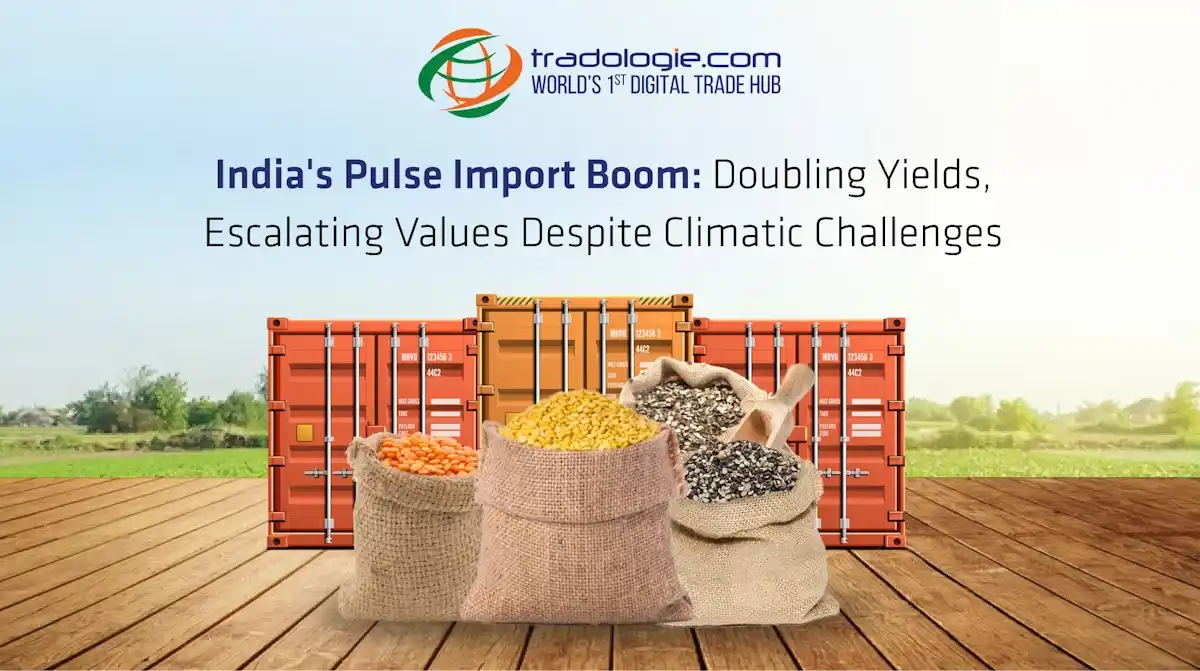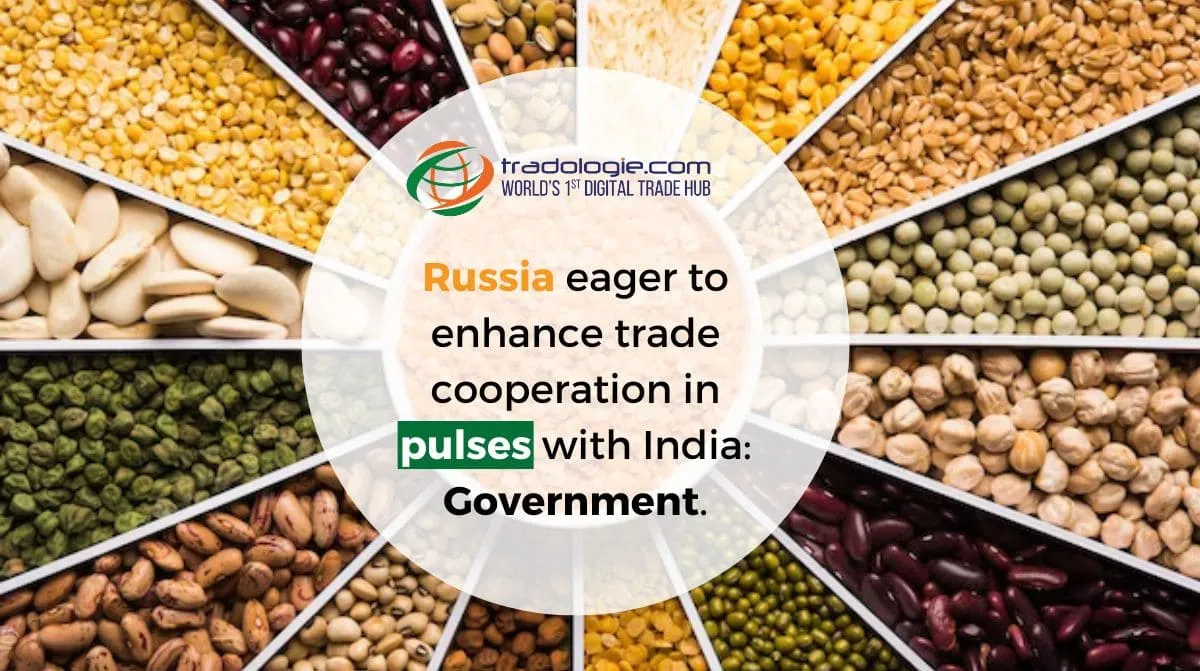Are you looking to import or export pulses? The recent decline in mandi prices of pulses, driven by robust imports and a rise in kharif sowing, is expected to impact both domestic and global markets. As India, one of the largest producers and consumers of pulses, stabilises its prices, there will be significant effects on the market dynamics, both positive and negative.
Declining Domestic Prices and Import Surge
The Indian government announced that the mandi prices of pulses have started to drop due to increased imports and promising kharif crop yields. The area under kharif pulses, such as tur, urad, and moong, has increased by 7.58% on a year-on-year basis, covering 12.62 million hectares. As these pulses enter the market by November, it is anticipated that the supply will stabilise further.
While this spells stability for the domestic supply chain, it also indicates that reliance on imports will continue to meet domestic demand. This situation highlights both the potential for increased production and the government's need to continue importing to manage shortages.
Retail Inflation and Market Dynamics
Retail inflation in pulses surged into double digits since June 2023, primarily due to lower domestic output of key varieties such as chana, tur, and urad. However, with domestic production improving and imports increasing, prices are expected to stabilise in the coming months.
Despite this stabilisation, fluctuating prices could complicate market strategies. These variations, especially for commodities like onions and pulses, make it challenging to forecast long-term market trends, affecting the decision-making process for buyers and sellers.
Global Trade Implications for Pulses
As India ramps up imports of yellow peas and desi chana, the global market will see increased competition. The government has already facilitated duty-free imports of yellow peas to fill the gap left by a domestic production decline. This opens up opportunities for exporters in regions such as Tanzania and Australia, which are expected to supply around 1.2 million tonnes of chana and yellow peas to India in the coming months.
For the domestic market, robust imports may indicate that the supply is tight, thus making it critical for exporters to adapt to changing supply-demand conditions. Price fluctuations, global competition, and shifting policies all contribute to uncertainty in export planning.
Strategic Adjustments for Export Bulk Pulses
Those looking to import or export pulses must remain strategic amid current market conditions. The reduction in domestic prices, driven by increased production and imports, may prompt international buyers to procure larger quantities. However, exporters and importers face challenges such as price instability, global inflation, and currency fluctuations.
To mitigate risks, both exporters and importers should focus on securing long-term contracts and ensuring reliable supply chains. Offering competitive pricing will remain key, but navigating fluctuating global markets and government policies will require flexibility and strategic planning.
The Role of Government Policies
The government's proactive measures, including duty-free imports and managing buffer stocks of pulses and onions, indicate an effort to stabilise domestic prices. These efforts aim to ensure consistent supply and curb inflation, but they also reflect the challenges in balancing domestic needs with export opportunities.
Changes in policies, such as potential export duties or adjustments to minimum export prices, could impact the export landscape. Exporters must stay informed and agile to adjust their strategies according to the evolving regulatory environment.
Conclusion
The current market scenario presents both opportunities and challenges for the pulses trade. Positive indicators, such as increased kharif sowing and government support, suggest a potential surplus in production. However, negative indicators like price fluctuations and reliance on imports reveal the complexities of navigating the pulses market.
For exporters, understanding these market signals and making strategic decisions will be key to capitalising on opportunities while managing risks effectively.
If you want to export or import agro commodities in bulk, Tradologie.com is the best B2B platform. It facialites the bulk transactions without any middlemen through its state-of-the-art SaaS platform. Visit www.tradologie.com to explore B2B export opportunities and stay updated with the latest trends in the industry.
To register as a buyer, click here. To register as a seller, click here.





